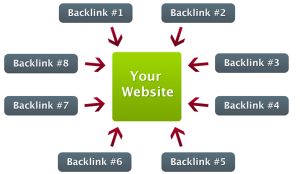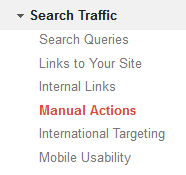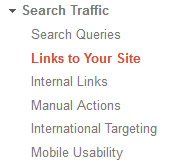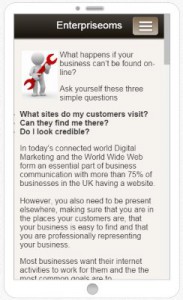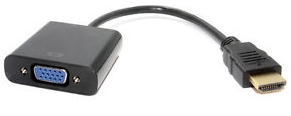On Monday 22nd February Google made a sweeping change to the way that its search results pages looked.
Google removed Google Ads from the RH side of their results, when searching from a desktop or laptop PC.
This is the first major change since 2010, when Google moved from showing a maximum of 10 Ads on a page to 13.
Google added up to 3 Ads at the top of the free results as well as up to 10 Ads on the right hand side.
This latest change has wiped out the Ads on the RH side whilst increasing he number of Ads at the top of the page to a maximum of 4 and has seen Google add 3 Ads to the bottom of the search results.
Now a Search Results Page, which used to have up to 13 Ads, will now have a maximum of 7
Why has Google done this?
Google’s logic is that it wants to bring desktop search in-line with Mobile search, making things simpler and saving money.
I know that most people just ignore the Ads on the right. Even Google reckons that only around 30% of Google users actually look and click.
Although this percentage of users clicking is quite low, the revenue generated for Google is huge.
About 70% of revenue comes from clicks and, with Google the largest company on the planet, this represents a significant income.
However, it’s never enough. The hope is that by just having Ads at the top (and bottom) of the page – more people will click on them.
As well as attracting more clicks, Google will be hoping that businesses will pay more to ensure that their Ads are at the top of the page.
What Impact will this have on businesses
For businesses not paying for Ads, the top free results now appear further down the Search Results Pages. This may mean more people choose to click on an Ad rather than your website.
If your site is not in the top 3 or 4 of the free results, you may find that searchers now have to scroll – and they may choose not to.
This could mean more investment in Search Engine Optimisation to move your site higher on the first page.
The other danger is that Google increases the number of Ads at the top of the page. Google could choose to fill the first page with Ads which would mean that the free results would not appear until Page 2 [speculation]
If you are an Advertiser it could lead to increased costs as more businesses compete for fewer opportunities. However, if you sell products and use Product Listing Ads (PLA) these will continue to feature on the right hand side.

What should you do next?
You need to understand the impact that these changes will have on your website and so I’ve put a special offer together to help.
In-depth SEO review of your website – Special Offer – Save £100.00
Let me take the strain and carry out your audit for you, taking a deep look at your search engine optimisation, providing recommendations to improve and even looking at the way your website is working.
| Normal Price | Special Offer | |
| 1-10 Pages | £150.00 | |
| 11-30 Pages | £200.00 | |
| 31 – 50 Pages | £250.00 | |
| 51 – 100 Pages | £300.00 | |
| Over 100 Pages | POA | PA |
To take advantage of this offer all you have to do is give me a call on 01793 238020 or email andy@enterprise-oms.co.uk and if you need help with any other aspect of your online marketing, Social Media, Email Marketing etc. don’t hesitate to use those contact details to get in touch..


